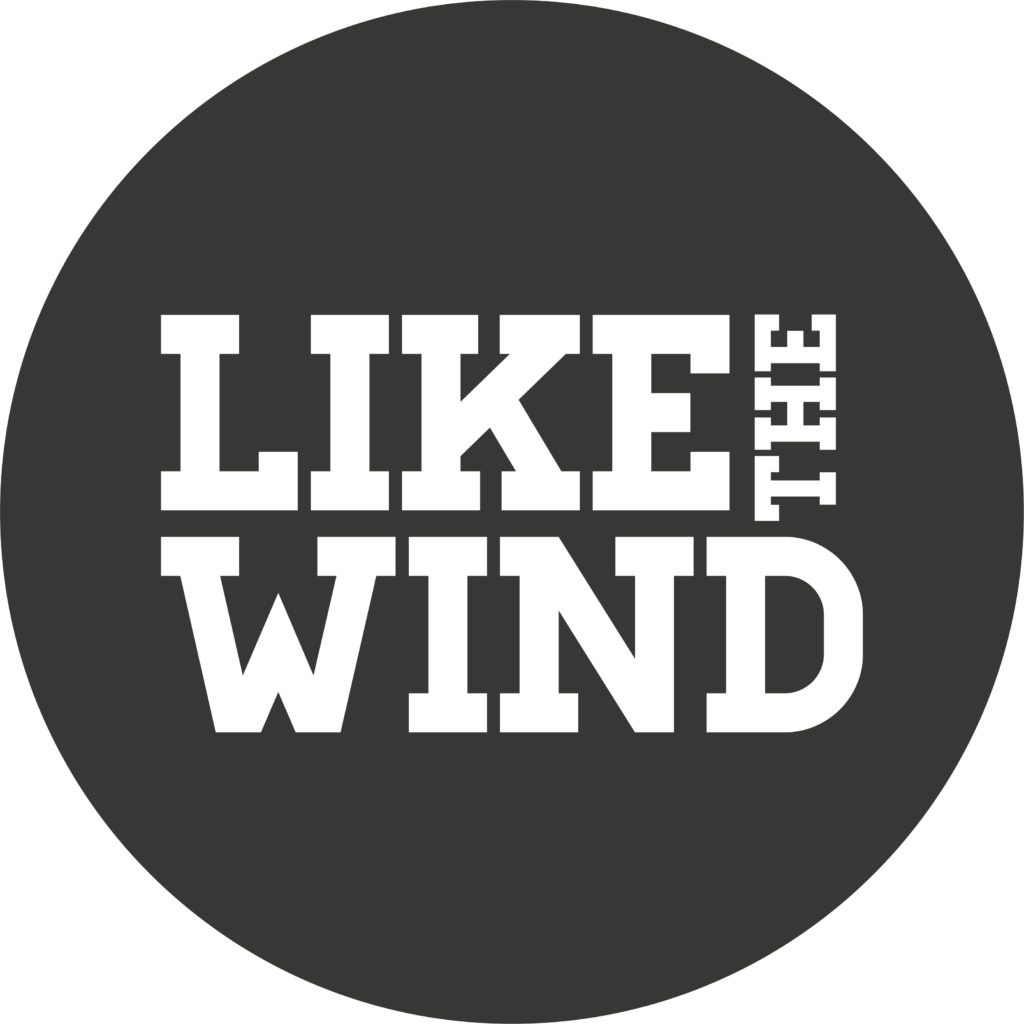Words by Simon Freeman – Photography by James Carnegie and CineCloud
Imagine running on a track high above the streets, gazing up at the inky black sky above
According to the United Nations, more than half the world’s population now lives in cities. Billions of people crammed into busy, bustling, exciting, crowded concrete, brick and tarmac spaces. In cities such as London or New York or Beijing the demand for space and the density of people can be overwhelming at times. And yet urban dwellers still feel the need to run – to express themselves through the simple act of lacing up their trainers and “pounding the pavements”.
For most runners, the choice of places to run is limited to the city streets, the paths criss-crossing urban parks or gym treadmills. Occasionally an athletics track is available.
And then sometimes there is something completely different.
In the heart of one of London’s most creative districts, on top of the 16-storey White Collar Factory, 230ft in the air, overlooking Old Street roundabout, is a running track.
The White Collar Factory was designed by architects Allford Hall Monaghan Morris, whose aim was to create a space that would inspire creativity. And, as we know, exercise can play a big part in freeing the mind.
So what better use of the roof space – usually a jumble of plant machinery, air-conditioning units and the occasional urban beehive – than to create one of the most breathtaking urban running spaces it is possible to imagine?
Welcome to the track in the sky.
Stepping on to the lanes, you feel the familiar springy sensation of the tartan surface, its red-orange colour known to any runner who has used a track.
But there the similarities end.
The most striking thing about this “track in the sky” is the view. High walls, punctuated by huge, round windows, protect the runners from the winds (and the obvious risk of falling). Through these windows, the city spreads out in every direction.
This is part of the juxtaposition of this unique running venue: there are two familiar experiences – the feel of a running track underfoot and the view from a tall building. It is just that so far these two have never been combined.
Running on the track is as thrilling as it sounds.
Because of the design of the building, the track is not a standard shape or length. One lap around the building is around 150m. And there are many sharp twists and turns. At one point, as you pass under the crane that holds the window-cleaners’ cage, the track’s two lanes merge into one.
But once you are running, none of that seems to matter. With such breathtaking views, sprinting hard doesn’t feel necessary. Or even appropriate.
And then the sun went down.

Anyone who has own over a city at night knows how the lights really dazzle in the dark. So imagine, if you can, running on a track high above the streets, gazing up at the inky black sky above and then across a million of offices and streetlights blazing as far as the eye can see.
Back down to earth
The city streets can be an unforgiving place to run. Dodging pedestrians, cyclists, cars, buses and trucks is part of the sport. Running in parks means leaping over dogs on leads and around those lounging during their lunch break.
But high in the sky – above the heart of London – there is now a glorious opportunity to stretch the legs, open the lungs and gaze in wonder at one of the most amazing views out there.
Thanks to @stanceeurope and @workshopcoffee for the opportunity to experience the #milehigh feeling.
Simon Freeman is the co-founder of Like the Wind. He will never be satisfied by his marathon PB but is at least learning to love the trails. www.simonfreeman.co.uk – @simon_freeman
James Carnegie is a Jersey boy on a mission to perfect the art of trail running and photography. So far, it is proving expensive. www.jamescarnegie.co.uk – @jamescarnegie
Read more on the Stance blog.


























